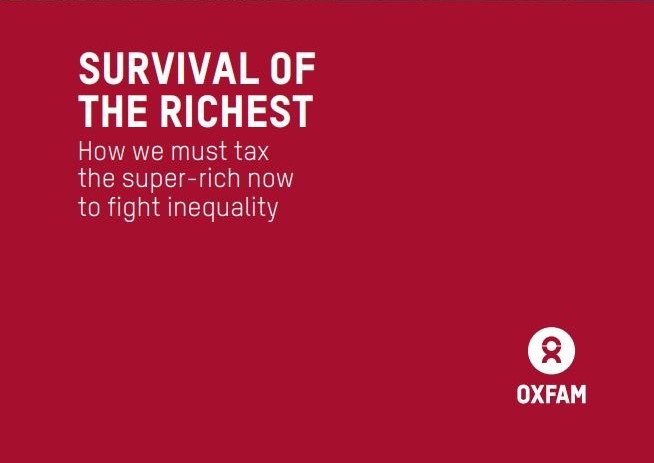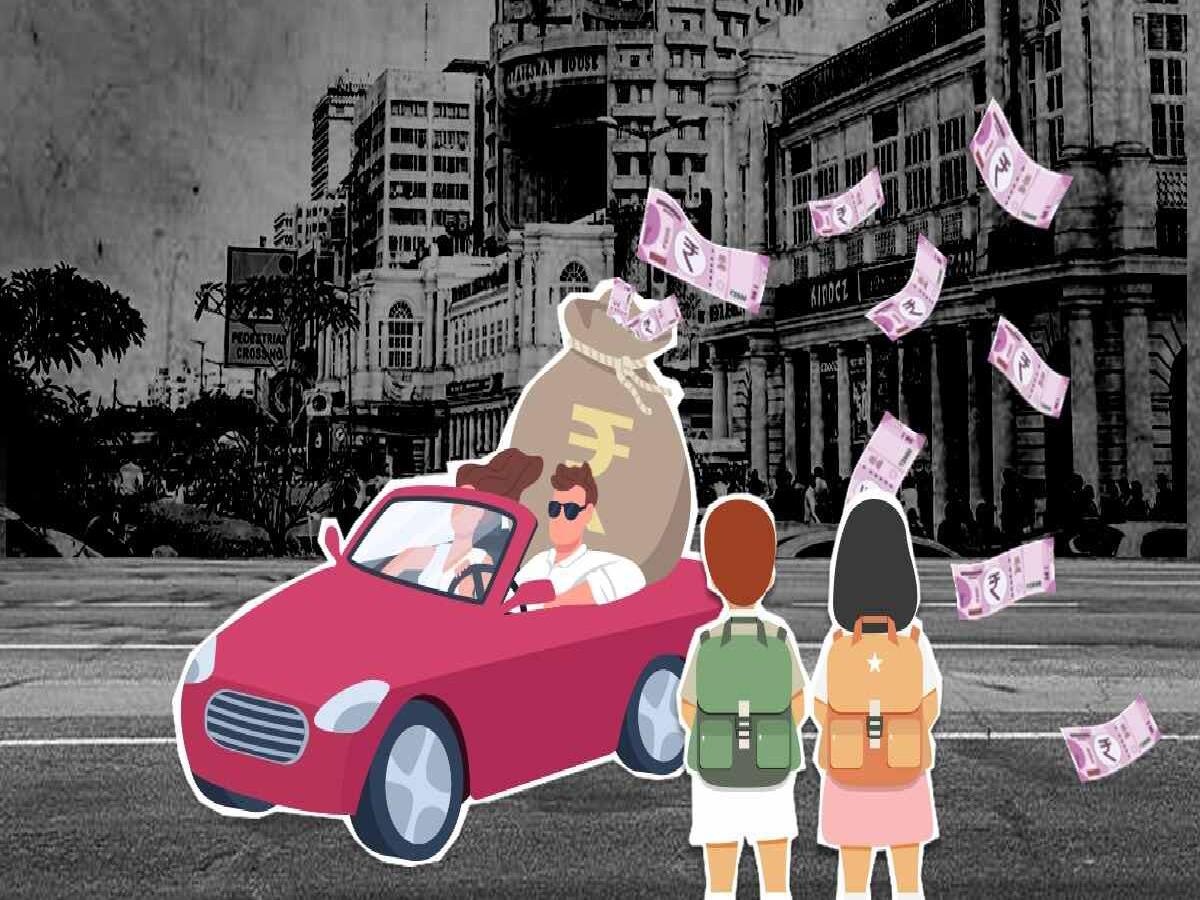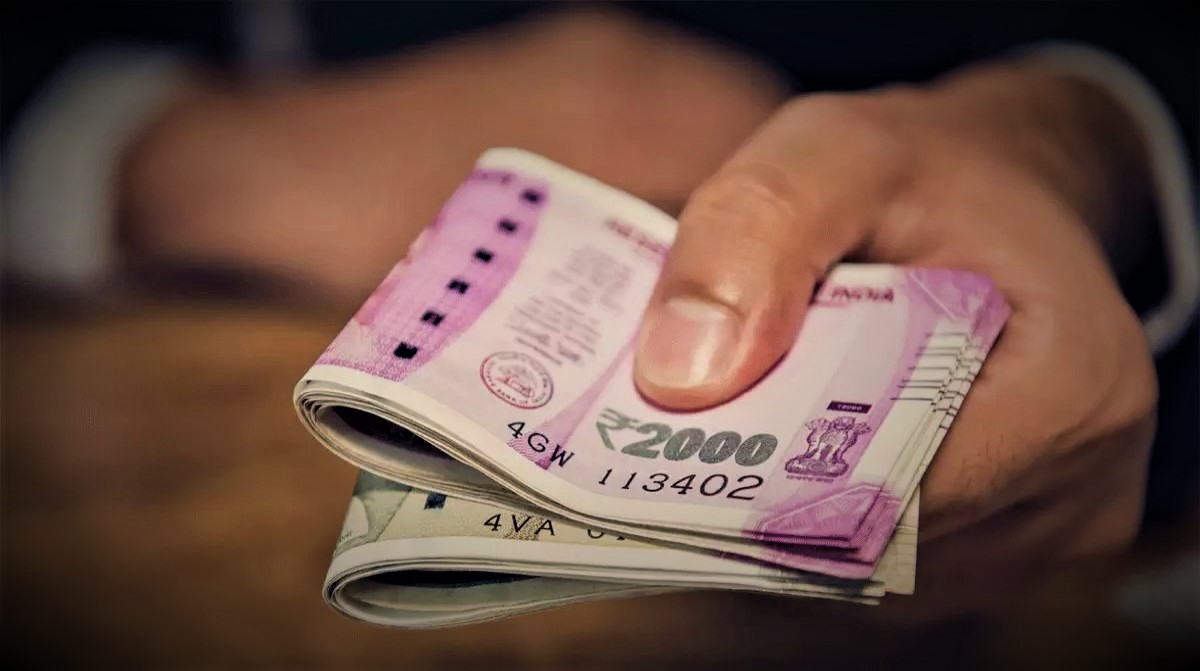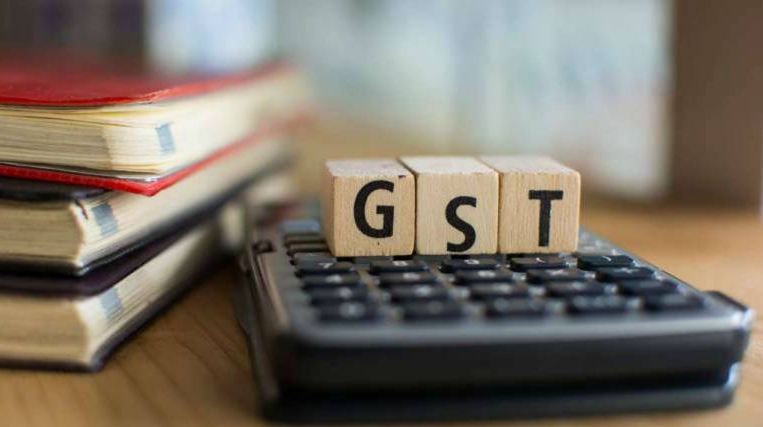Pradeep Kumar Panda
Oxfam India has recently published a report titled “Survival of Richest: The India Story”. The title shows an alarming situation of widening inequality in India. The journey from Charles Darwin’s “Survival of Fittest” to “Survival of Richest” is not fascinating at all.

Inequalities are growing in India – this has been corroborated by scholars and government bodies alike. The impact of inequality is especially stark at the margins of Indian society, with some communities such as the Scheduled Tribes (STs) suffering from physical remoteness and systematic exclusion from the means to achieve vertical mobility. Furthermore, the concentration of wealth continues to be around primordial characteristics such as caste. On one hand, inherited wealth and caste privilege continue to shape power and influence and on the other hand, we see the persistence of marginalization among historically disadvantaged who are trapped in intergenerational poverty.
“India is among the most unequal countries in the world, with rising poverty and an ‘affluent elite,’” laments the World Inequality Report, 2022, which presents comprehensive income inequality data for almost all countries in the world over a long time. The Indian poor continue to suffer with no respite as income and wealth inequality continues to rise Oxfam India’s 2023 India Supplement reveals some stark findings proving that the gap between the rich and the poor is indeed widening.
Following the pandemic in 2019, the bottom 50 percent of the population have continued to see their wealth chipped away. By 2020, their income share was estimated to have fallen to only 13 percent of the national income and less than 3 percent of the total wealth. Its impact has been exceptionally poor diets, an increase in debt, and deaths.

This is in stark contrast to the top 30 percent who own more than 90 percent of the total wealth. Among them, the top 10 percent own more than 80 percent of the concentrated wealth. The wealthiest 10 percent own more than 72 percent of the total wealth, the top 5 percent own nearly 62 percent of the total wealth, and the top 1 percent own nearly 40.6 percent of the total wealth in India.
The country still has the world’s highest number of poor at 228.9 million. On the other hand, the total number of billionaires in India increased from 102 in 2020 to 166 billionaires in 2022. The combined wealth of India’s 100 richest has touched INR 54.12 lakh crore. The wealth of the top 10 richest stands at INR 27.52 lakh crore – a 32.8 percent rise from 2021.Before the pandemic, in 2019, the Union Government reduced the corporate tax slabs from 30 percent to 22 percent, with newly incorporated companies paying a lower percentage (15 percent).
This new taxation policy resulted in a total loss of INR 1.84 lakh crore and had a significant role in the 10 percent downward revision of tax revenue estimates in 2019-20. To increase revenue, the Union Government adopted a policy of hiking the Goods and Services Tax (GST) and excise duties on diesel and petrol while simultaneously cutting down on exemptions. The indirect nature of both the GST and fuel taxes makes them regressive, which invariably burdens the most marginalized.
The Ministry of Statistics and Programme Implementation, Government of India reported that the all-India inflation rates based on both CPI (Consumer Price Index) (General) and CFPI (Consumer Food Price Index) were consistently higher in rural India (7.56 percent) than urban India (7.27 percent) in September 2022. Though overall inflation declined in October, the gap between rural and urban inflation only widened, reaching nearly 2.5 times the gap in September 2022.
Moreover, the weightage for “food products” in the inflation calculation is nearly double in rural India compared to urban India reflecting how food inflation in rural India has primarily driven the average increase in prices of commodities.

In order to reduce inflation, the Reserve Bank increases the repo rate, which is understood as the rate at which the Reserve Bank lends money to commercial banks. An increase in the repo rate would ideally reflect rising consumer lending rates and thereby suppress demand. However, the Reserve Bank’s hawkish monetary policy of hiking the repo rate has little consequence in ensuring an increase in supply. Consequently, despite increasing the repo rate five times by a total of 225 basis points from 4 percent to 6.25 percent (between May and December 2022), inflation has consistently breached the 6 percent statutory limit set out in the amended Reserve Bank of India Act, 1934.
In order to reduce inflation, the Reserve Bank increases the repo rate, which is understood as the rate at which the Reserve Bank lends money to commercial banks. An increase in the repo rate would ideally reflect rising consumer lending rates and thereby suppress demand. However, the Reserve Bank’s hawkish monetary policy of hiking the repo rate has little consequence in ensuring an increase in supply. Consequently, despite increasing the repo rate five times by a total of 225 basis points from 4 percent to 6.25 percent (between May and December 2022), inflation has consistently breached the 6 percent statutory limit set out in the amended Reserve Bank of India Act, 1934.
Imposing a tax on the wealth of the richest has been advocated over the years. The rationale behind this has been that the wealth accumulation by the creamiest layer of the country is massive and taxing it can generate huge revenue, which can then be redirected for the development of the social sectors of the country. This has the potential to redistribute the resource accumulation by the rich to the poor as well, and can then reduce poverty and inequality in the country.
The wealth tax is likely to be the most direct and powerful tool to restore tax progressivity at the very top of the distribution. A wealth tax with a high exemption threshold specifically targets the richest and could resolve this injustice.

Revenues from progressive taxation have the capacity to fund the country’s health and education system. Three percent of wealth tax on the Indian billionaires can fund the National Health Mission, the largest healthcare scheme in India with an allocation of INR 37,800 crores for 3 years. Taxing the top 10 billionaires at 5 percent will help cover the entire cost of Tribal healthcare for five years. In FY 2021-22, at full coverage, it was estimated that INR 42,033 crore was required to fund the Supplementary Nutrition Programme (SNP).
Taxing all of India’s billionaires at 2 percent would support the requirement of INR 42,033 crores for the nutrition of the malnourished in the country for 3 years. To raise the expenditure on health to 3 percent of the Gross Domestic Product (GDP), a total expenditure of INR 1,06,600 crores would be required. This money can be raised by taxing the top 100 billionaires at 2 percent.
The funds for Samagra Shiksha – the largest centrally sponsored scheme (CSS) on school education in India in 2022-23 were much lower (INR 37,383 crores) than what was asked for (58,585 crores) by the education ministry in 2021-22.
Taxing the wealthiest 10 billionaires at 1 percent would be enough to cover this shortfall for 1.3 years. Taxing them at 4 percent would cover the entire amount of funds required for two years. A total amount of INR 1.4 lakh crore would be required to bring back out-of-school children to school and provide them with quality education. Taxing the top 100 Indian billionaires at 2.5 percent, or taxing the top 10 Indian billionaires at 5 percent would cover the entire amount required to bring the children back to school.

The National Education Policy (NEP) 2020’s proposal to supplement the mid-day meal scheme with a breakfast scheme was rejected by the Union Ministry of Finance stating a paucity of funds. If one calculates the resources required to serve the students in government schools breakfast, the government would require INR 31,151 crores. Taxing the wealthiest 100 Indian billionaires at 2 percent would cover the cost of running this scheme for nearly 3.5 years.
To fill the vacancies at elementary schools, an amount of INR 2040.3 crores would be required. This can be raised by taxing the 10 richest Indian billionaires at 1 percent, which can fund the required amount for 13 years. Taxing the 100 richest Indian billionaires at 1 percent can fund the vacancies for 26 years.The rising wealth inequality calls for immediate interventions to reduce the existing inequalities and enhance access to public services for the poor.
Taxing the wealth of the richest 1 percent: The wealthiest elites have undue influence over policymaking and politics, which allows them to accrue even more wealth. We must break this vicious cycle. This means taxing the net wealth of the top 1 percent on a permanent basis, with higher rates for millionaires, multi-millionaires, and billionaires.
Easing the tax burden on the poor and the marginalized: The government should reduce the GST slabs on essential commodities, which form the majority of the poor and middle classes’ spending habits and hike the taxes on luxury goods. This will lead to revenue generation, which is progressive in nature and reduce the burden on the poor.

Improve access to public services like health and education: Enhance the budgetary allocation for health to 2.5 percent of GDP by 2025, as envisaged in the National Health Policy, to reinvigorate the public healthcare system, reduce Out-of-pocket (OOP) expenditure and strengthen health prevention and promotion. Establish medical colleges with district hospitals, particularly in hilly, tribal, or rural areas where health infrastructure is poor.
This would facilitate the availability of medical services and human resources as well as increase the number of medical professionals in the country. Strengthen Primary Health Centres (PHCs), Community Health Centres (CHCs), and government hospitals with an adequate number of doctors, nurses, paramedics, equipment, and other infrastructural requirements as per Indian Public Health Standard (IPHS) norms to make quality health service available within kilometers radii of peoples’ residence or workplace.
Enhance the budgetary allocation for education to a global benchmark of 6 percent of GDP, as committed in the National Education Policy. The government must frame a year-wise financial roadmap to achieve the 6 percent mark. Reduce existing inequalities in education by spending more on programs (for example Pre Matric and Post Matric scholarships) meant for improving the educational status of students from marginalized sections (SC/ST/Girls).
Strengthen safety nets and bargaining power of labor: Inflation and, consequently, a rise in the cost of living hurts the poor and middle class more. 90 percent of India’s labor force in the informal economy is without any safety net to protect them from the heavy blows to the economy. To this end, it is essential to ensure social protection for our workforce, especially those in the informal sector, and strengthen monitoring and tracking mechanisms that ensure the protection of the labor class of the country.
(Writer is an economist based in New Delhi. Views are personal)






















